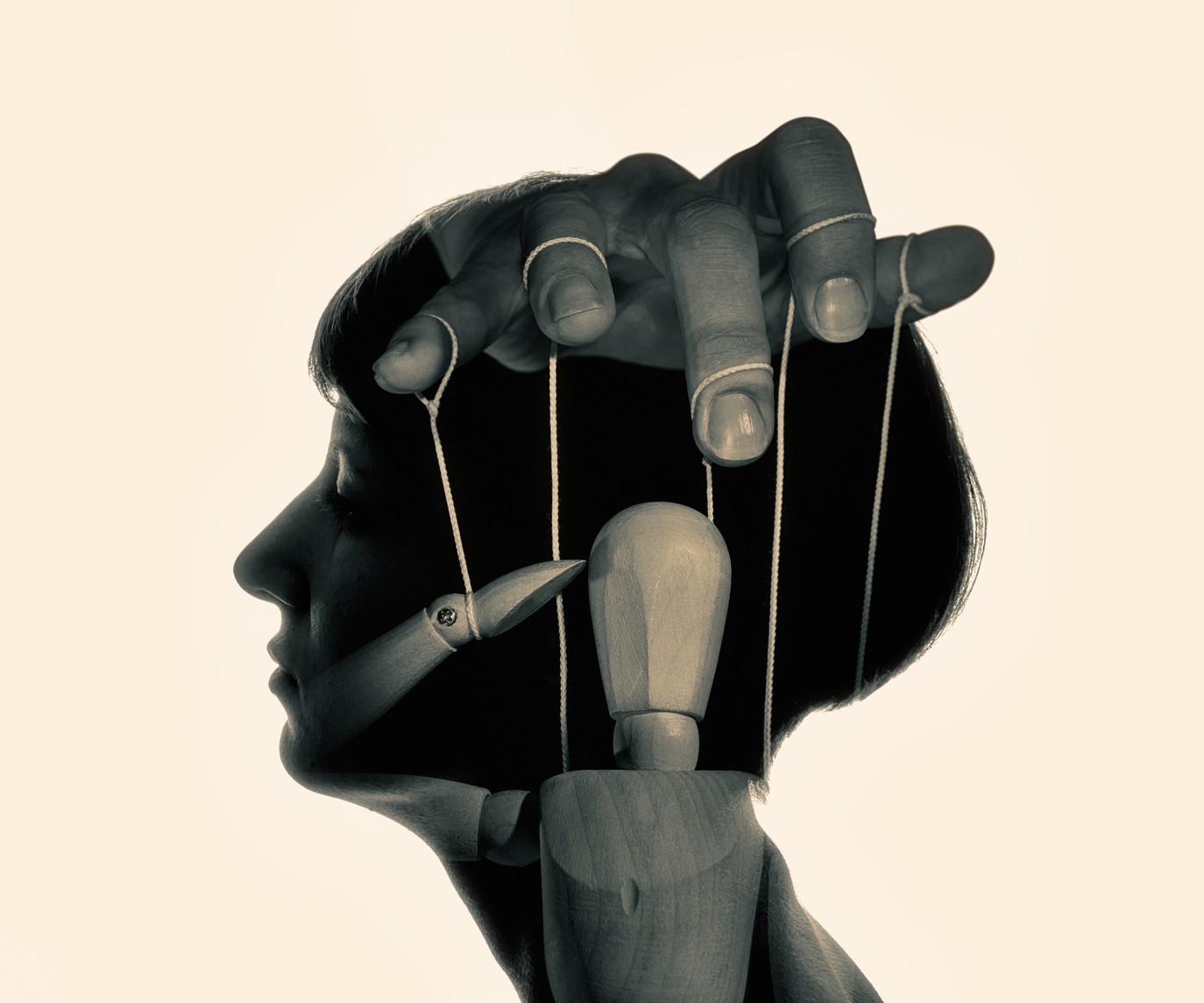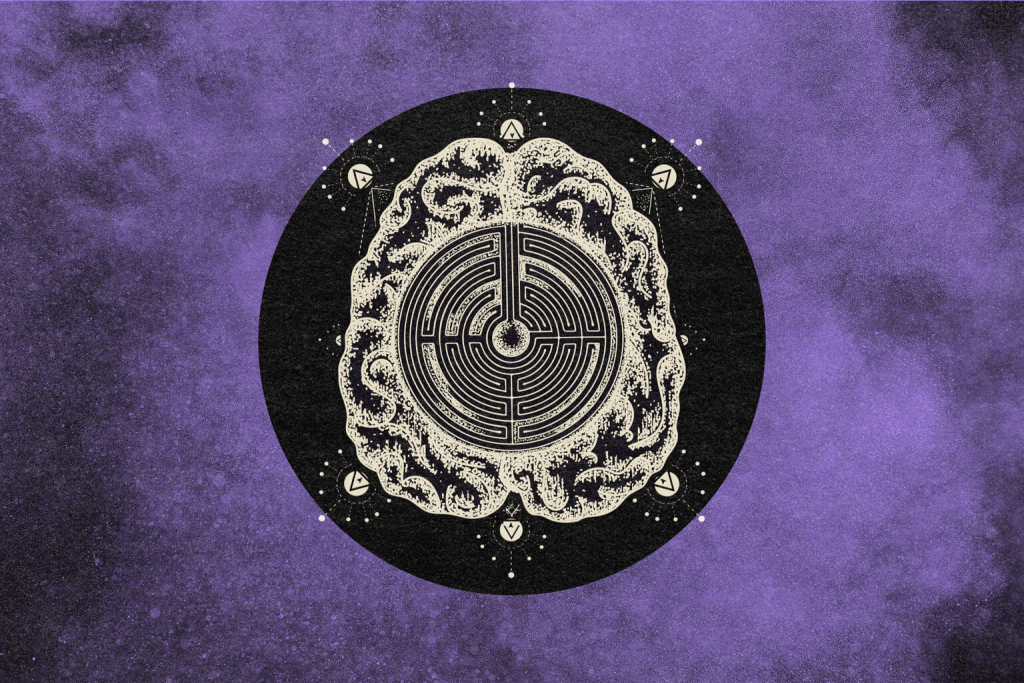Few cults have left as nightmarish a legacy as Aum Shinrikyo in Japan. A doomsday group led by near-blind yogi Shoko Asahara, it unleashed a deadly sarin gas attack on Tokyo subway lines in 1995, killing 13 and injuring nearly 6,000 in the only recorded use of weapons of mass destruction by a private organization.
Aum Shinrikyo’s strike on the central nervous system of modern Japan and its charismatic leader, who influenced thousands of followers using the teachings of Nostradamus and the philosophies of eastern mysticism, sound the like the drawing-board ideas of a cliché disaster movie.
But the doomsday cult serves as the most extreme example of a society highly impressionable to cult thinking.
The Continued Influence of Cults Today
According to the Ministry of Justice, Aleph (a splinter cell of Aum Shinrikyo) had over 1,650 active members in Japan as recently as 2019. Though Asahara was sentenced to death the previous year, analysts reckon this only boosted his messianic status, raising questions as to whether Aleph will eventually try to resume his ultimate plan of “cleansing” society.
There are thought to be around 2,000 more cults operating in Japan, with between 10 and 20 percent of the population having links, often through religious groups.
Bizarre syncretic cult Happy Science fuses traditional religions with ultranationalism and has hundreds of thousands of subscribers to its offshoot YouTube channels. While the grand Church of Scientology in Shinjuku, which opened in 2015, is never short of leaflet-brandishing proselytizers plonked outside its doors.
Called a cult by some, Buddhist group Soka Gakkai, based on the teachings of 13th-century priest Nichiren, claims to have 8.27-million-member households in Japan and is represented in parliament by the Liberal Democratic Party’s junior ruling partner Komeito.
Today in History: 57 years ago, the Komeito Party was formed, the de facto political wing of the Soka Gakkai Buddhist movement. Always been dubious if it really adheres to Constitution-mandated separation of religion and state. For two decades it has helped keep the LDP in power. pic.twitter.com/aegcGCwpwt
— SNA Japan (@ShingetsuNews) November 16, 2021
The Japan Society for Cult Prevention and Recovery (JSCPR) was established following the attacks of 1995 and still disseminates information and conducts regular outreach programs today. But with the advent of social media and widespread digital communication channels, cult prevention is becoming an increasingly difficult task.
Many of Japan’s modern cults might not be as outwardly dangerous as Aum Shinrikyo, but they are reflective of a kind of thinking which has metastasized throughout society, bearing its own pernicious fruit.
Cult Thinking vs Cults
We often view cults through a Hollywood lens: the bearded renegade leading throngs of chanting apostles through torchlit woods. But this is not a helpful rubric.
Most dictionary definitions of the word “cult” center around a small religious group with extremist beliefs. The religion of cults, however, tends to be more about the dogma than a god; the belief in subjective opinions as objective truths.
Our primate brains, with their need for group affirmation, organized hierarchies and solutions to problems, offer a rather prosaic explanation for cult-like tendencies. Coupled with dramatic shifts in society and the accompanying displacement of a vast number of individuals, it’s little surprise that we have become so impressionable.
Take the past two years as a litmus test. Anxieties fueled by lockdowns and incessant media fear have given rise to the cult of the unvaccinated, the cult of the vaccine evangelists, the cult of the always masked and the cult of the never masked. All of which are driven by their own dogmatic principles.
This kind of cult thinking, a belief in the extreme as normality or the antidote to a broken reality, has long manifested itself in Japan.

The Effects of Modern Cult Thinking in Japan
In the early 20th century, imperialism was the opioid of the masses. An unbending conviction that Japan’s brand of ethno-fascism, embodied by the empire, was worth protecting and spreading at all costs.
Upon Japan’s surrender at the end of the Second World War, the emperor was no longer deified while the pursuit of materialism and affluence became commonplace. This eroded many of the positive traditional values of society, breaking the bonds between the community and the individual. New forms of cult thinking gave life meaning. It became an attractive proposition in this brave new world. Today, we may simply be observing the ongoing effects of this cultural anomie.

Japan’s work-till-you-drop, company-above-all-else salaryman culture is one of the most entrenched examples of extremism as the norm. Long hours isolated from the rest of the world. The ritual of clocking in, slogging through endless meetings and toasting the day’s work at the behest of the boss. It’s time spent almost exclusively in the company of those who adhere to the same corporate groupthink.
These patterns – isolation, ritual, conformity, penalties, cognitive dissonance – have all the trappings of classic cult behaviors.
Cults operate on a control basis, encouraging a right-vs-wrong-style of binary thinking and loyalty to the cause. This was as true of Aum Shinrikyo, as it is of Happy Science, the way of the salaryman and the system of education.
Perhaps societies that modernize rapidly are more acquiescent to widespread cultification. But even in its more benign forms, cult thinking has moral, spiritual, and potentially grave, implications. And its ubiquity in Japan hints at a festering wound in dire need of treatment.
Read more of the op-eds in the Frankly series:
Frankly: When it Comes to Cannabis, Japan is a Hypocrite
Frankly: Japan’s Border Policies Pave the Way for Surveillance State









